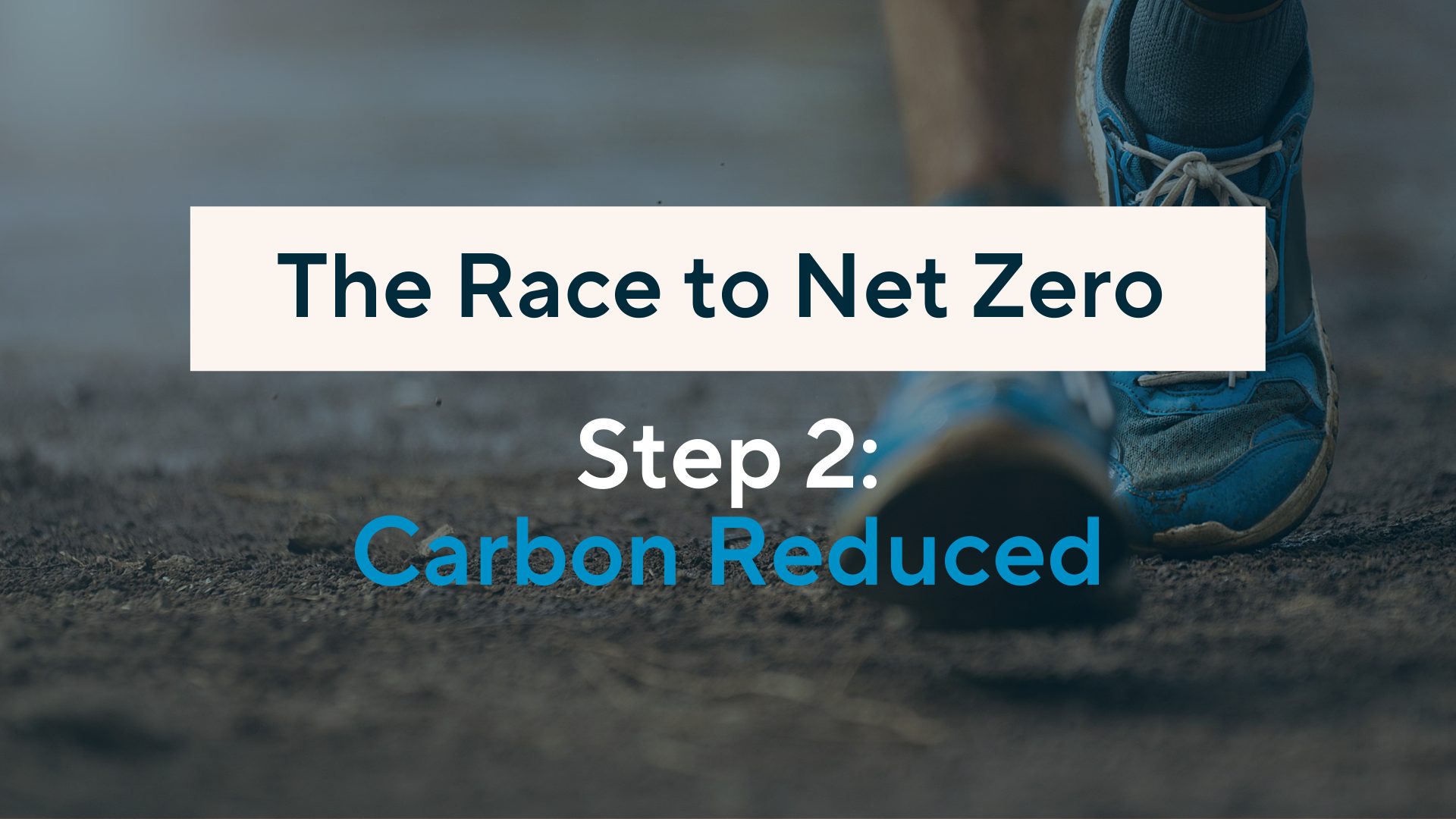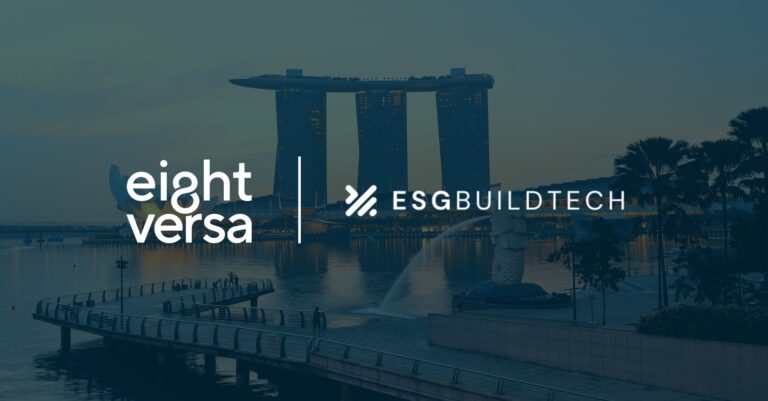If you were running a marathon, you would need plenty of time to prepare. The same applies for the Race to Net Zero. Embarking on the journey to achieve Net Zero Carbon for your organisation is going to need a full race training programme. That’s why over the next 6 weeks we will provide a step-by-step guide on how to get ahead and achieve your climate targets.
Step 2: Carbon Reduced
You have now steadily embarked on your journey by using our first guide to explore stage one, Carbon Measured. So, with the support from key consultants, a preliminary estimate of your carbon footprint has been established. This will serve as the base level and so think of this next stage as finding your pace and rhythm, and the rest of your journey will build from here. This second step will help you get ahead, achieve your climate targets and tick off this key stage of your training programme. And remember it’s not a sprint, it’s a marathon, and so consistency is key.
Carbon Reduced takes our base learnings from Carbon Measured. The data and insights collected from the previous stage help you set targets on how and where to reduce. These will change and need adjusting over time, but the historic data you have collected will give you a great advantage as to where you can make reductions each year. And once you have completed all of the reductions possible, our certification body can verify this step so that you can move forward to the next step.
Reducing Now and in the Future
To achieve Carbon Reduced, you first will need to build a roadmap to look at the hotspots or priority areas. This will illustrate where your carbon intensive areas could be and explain in simple terms the route to reducing these. You’ll be able to identify what you can reduce at one point in time, as well as create a future outlook of continual improvement. In order to master Net Zero, it is this commitment to future reductions that will help you reach your targets. Just like marathon training, you always need to strive to be better. Some improvements will be quick and easy to deliver on, and others will be more of a long-term goal to work towards.
Some examples of short-term solutions could be:
• Improving office spaces or factories
• Adjusting lighting
• Change of employee commuting styles
• Building management
• More efficient energy and heating
Long-term solutions are much larger in scope, yielding greater achievements in reducing carbon. These will be especially important for larger organisations due to how complex it can be to make these changes:
• Changing servers to be more cloud based
• Change of office locations
• Supply chain adjustments
• Future supplier considerations and working with those who also have committed to Net Zero Carbon
Once you have verified your Carbon Reductions you will have a clearer idea on how to reach Net Zero and an estimation of when you might get there. Some of these will be quick items to tick off your list and others will be more of a working process. Nevertheless, just like any good marathon training plan, this process will be personalised to you and your organisation’s needs, and it will encourage you to reach certain milestones at your own pace.
A Better Picture of Your Goals
Congratulations on completing stage 2 of your training programme. There will be further reductions you can make in the future but for this moment in time you will have a good idea of what needs to be implemented to reach your goals. Remember, in order to master Net Zero, patience and commitment are key. As you go along your journey your commitments to reduce should increase and match any further reductions that could be made.
Now we have guided our way through Carbon Reduced, you may be wondering what’s the next step? Catch up with us again next week for the third stage of your training, Carbon Committed – this will be key in reaching Net Zero as you commit to an accountable course of action.





